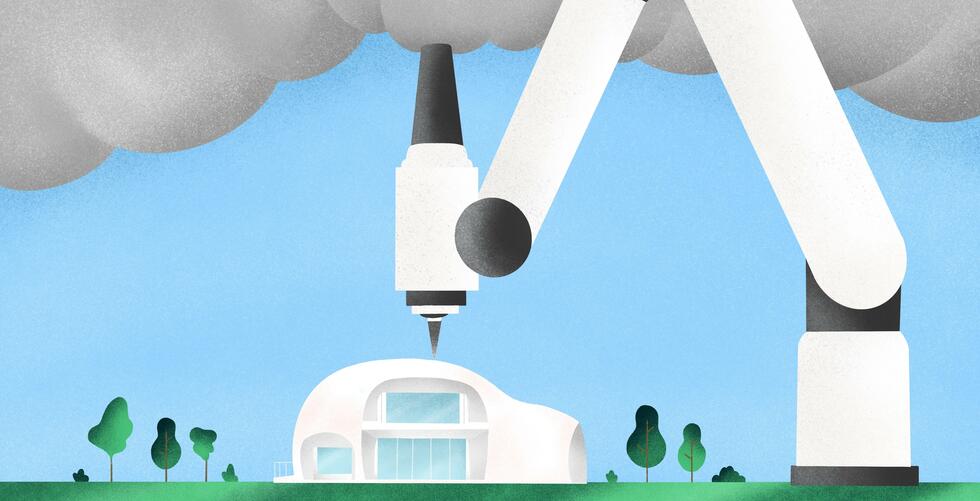SHORT NEWS
Drones and AI provide information about the melting ice
How fast is the ice melting in Antarctica? Autonomous drones and AI could help reduce the uncertainty of sea-level rise.

Warming oceans, melting glaciers and shrinking polar ice caps could lead to dramatic changes in sea levels that threaten coastal communities around the world. But how much and how fast sea levels will rise is unclear. Forecast models to date leave many uncertainties.
One question in particular accounts for most of the uncertainty: How fast is the Antarctic ice sheet melting? This great uncertainty means that governments around the world have to consider an infinite number of scenarios.
Researchers at Stanford University now want to give policymakers the answers they need to plan. And they're doing it by combining autonomous drone technology and machine learning.
Drones instead of planes
First, the scientists want to create a new platform for data collection that relies on autonomous drones with ice-penetrating radar. The current method requires months of flights in World War II-era planes over Antarctica or the construction of expensive field camps in the middle of the ice sheet. According to the researchers, drones could provide a long-term solution that is both sustainable and practically automated.
The second phase is about figuring out where to find the most valuable data. This is where artificial intelligence comes into play. The researchers are applying machine learning models to determine where the new drones will find the most helpful data in the vast area of Antarctica. Eventually, the data will be processed in real time to create a constantly evolving flight plan.
"In the long term, this work could change the way all glaciologists collect and understand data," the researchers shared. "But for now, we are focused on making ice sheet research smarter and more efficient."







































































































